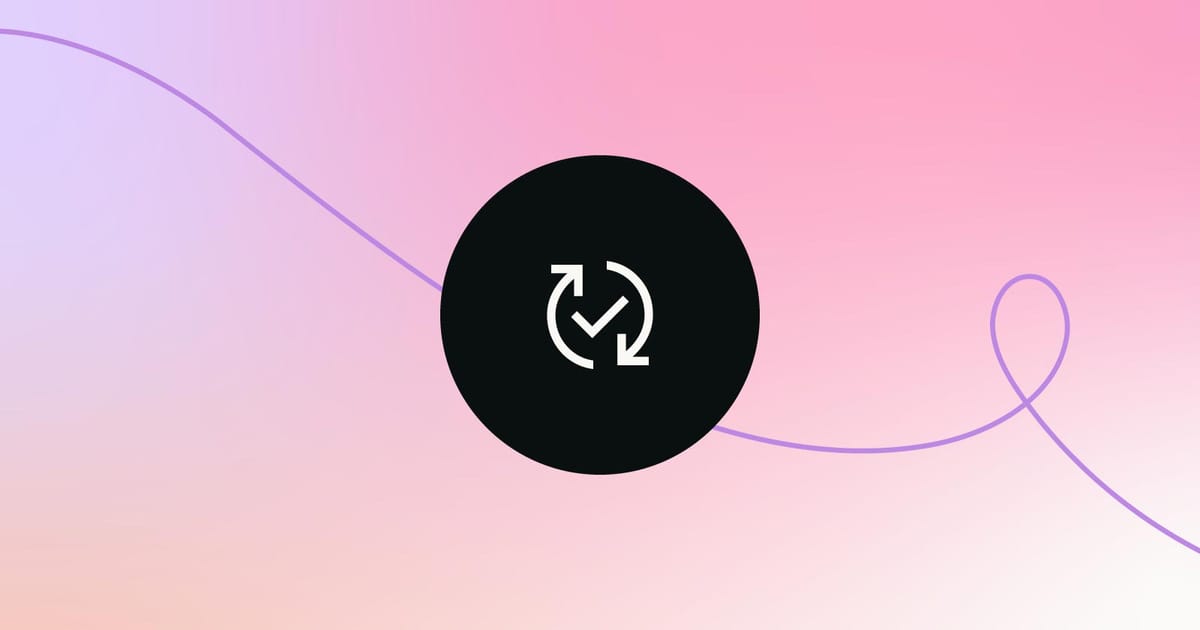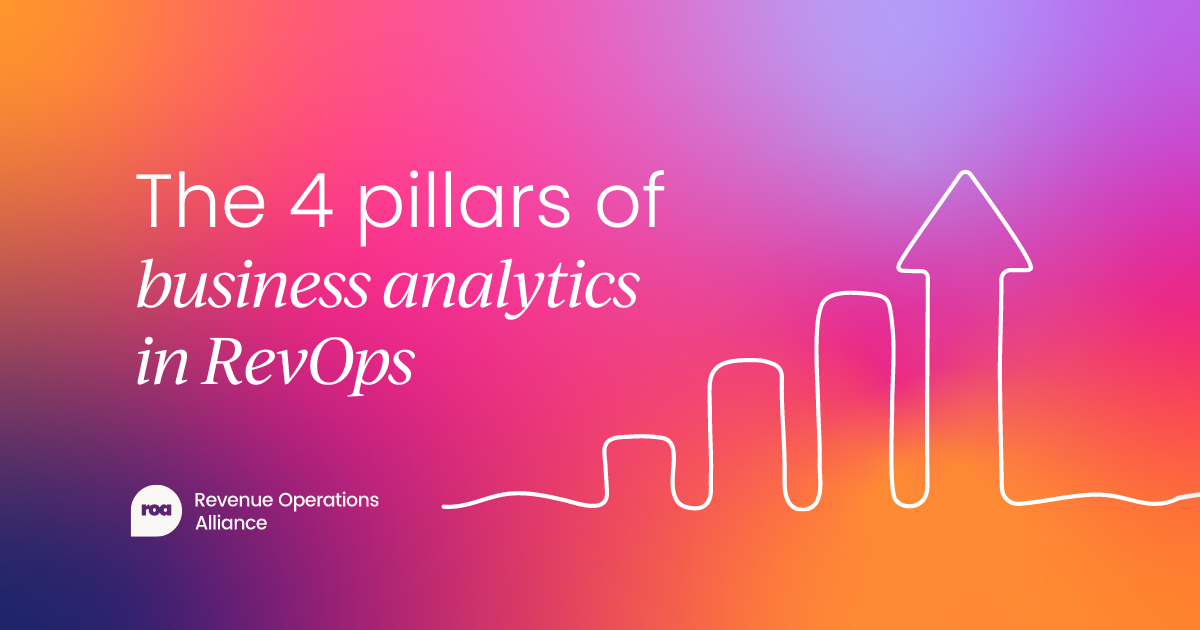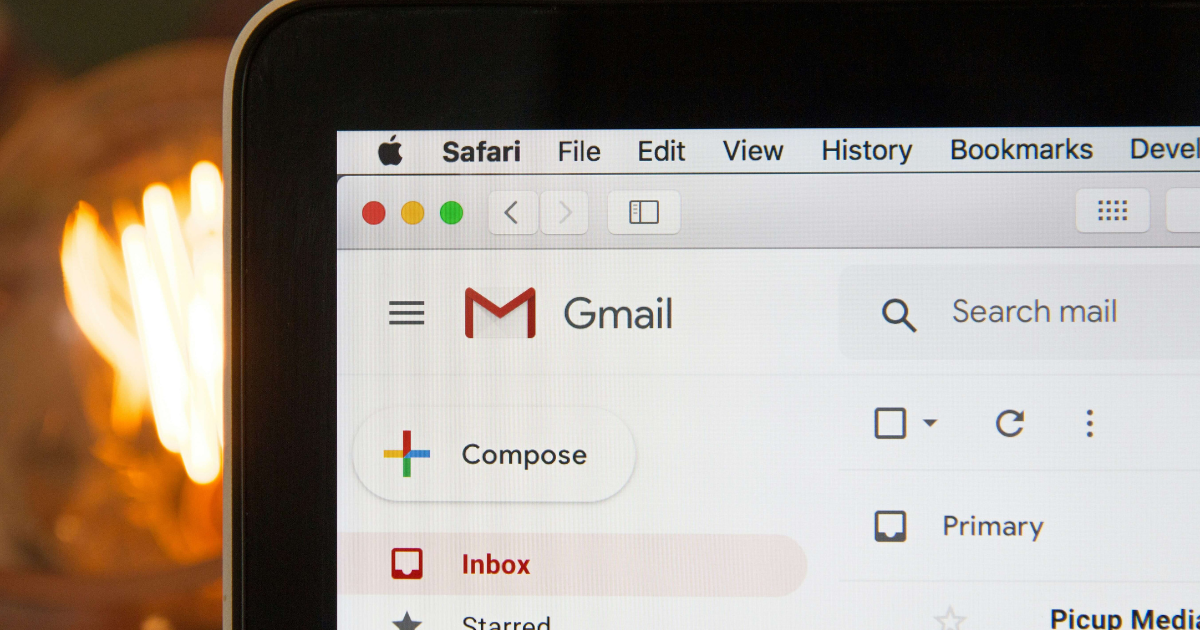Unreliable sales funnel?
Prospects keep ghosting?
The problem might lie in your customer journey. If your marketing efforts aren’t pulling through to sales-qualified leads, or if your high web traffic doesn’t translate into new contacts, your customers might be getting lost.
An unclear customer journey can halt any progress toward converting prospects to customers, and without a guide, they’ll likely forget about you.
Enter retargeting. The best way to reengage with customers who’ve stagnated along your customer journey.
We cover:
- What is customer journey retargeting?
- Benefits of customer journey retargeting
- How to utilize retargeting
- 9 examples of retargeting campaigns
What is customer journey retargeting?
Retargeting is a powerful way to reengage with a customer who’s taken some steps along your customer journey. It keeps your brand at the forefront of buyers’ minds and prompts action from your customers.
There are many ways to retarget your customers depending on where they are within the journey. Activities include paid ads, personalized emails, and sales calls.
The role of the customer journey
But before we dive into the power of retargeting, let’s explore the role of the customer journey.
The customer journey is the path your customers take when buying your product. The stages of this journey include:
- Awareness – Your customers are becoming aware of the problem but aren’t sure how to solve it.
- Consideration – Your customers are weighing up the benefits of a few solutions and considering what they need.
- Decision – Your customers are deciding between a shortlist of solutions and will soon purchase.
- Retention – Your customers like your product and are happy with your customer service. They wish to continue purchasing from you.
- Advocacy – Your customers love your solution and want to recommend it to their peers.
As your customers move through this path, their needs and preferences will change, so it’s important to map out this journey before undertaking a retargeting campaign.

Benefits of customer journey retargeting
Retargeting benefits your revenue pipeline, as it aims to move your customers along the customer journey through strategic prompts. Some additional benefits include:
Increase conversions
By prompting your customers at the right time, you can nudge them into action. Thus moving them along your customer journey and increasing conversion rates.
Boost click-through rate (CTR)
Retargeting ads have been shown to increase CTR as much as 10x compared to regular ads. This is a major boost to your campaign’s results.
Gain customers’ trust
Repeated exposure to a brand’s messaging creates more trust from consumers. And when you add in targeted messaging, personalization, and tailored suggestions, you’ll win over your customers that much faster.
Forget B2B and B2C: remember, it’s always H2H (human-to-human), so building trust is essential to selling.
Prompt action
Consumers can get stuck along the customer journey. They’ll forget about your brand, or maybe even their problem – by retargeting them, you can reignite that spark that made them explore your offering in the first place.
Life’s busy: maybe your prospect just needs a quick reminder.
Scalable growth
The best part: retargeting campaigns are easily scaled up, as these initiatives can be automated with minimal check-ins from your team. (Although we don’t recommend setting it and forgetting it.)

How to utilize retargeting
Now we understand a great retargeting strategy can transform your marketing funnel: it’s time to implement one within your organization. Let’s dive into the seven steps of crafting a retargeting campaign.
1. Understand your customers
Before you can successfully retarget your customers, you need to understand them. This involves segmenting buyers by demographic, geographic, psychographic, and, most importantly, behavioral factors.
Retargeting is all about when to reach back out to your customers, and how best to convey your message. Depending on the actions your buyers take, you should react appropriately to nudge them along their journey.
For example, if someone clicks on your social media profile and clicks around a little, they might be interested in your offerings but not sure where to start. In response, you might target them with an awareness-based paid social media campaign.
Or if your customer gets to check out but abandons their cart, you might email them to remind them of their purchase or offer free shipping.
But we’re getting ahead of ourselves: let’s get back to setting up the campaign…
2. Utilize data analytics
Use touchpoint data to identify where your customers typically get stuck in your sales cycle. These insights will allow you to pinpoint opportunities for retargeting within your customer journey.
Your customer data will provide the behavioral insights you need to determine when and how to reach back out to them.
This data-informed approach means you can tailor the number of interactions a customer must make with your brand before retargeting begins. This also makes it easy to tweak, if you’re not seeing the results you’re after.

3. Select marketing platforms
You can also use this data, and your knowledge of your target audience to select the right platform to host your retargeting ads.
There are a variety of places to host remarketing campaigns through social media, search engines, and email marketing. Many B2B brands will focus on LinkedIn, whereas a B2C org may decide on Instagram ads instead.
Here are some common platforms to host retargeted ads:
- Meta (Facebook and Instagram)
- Google (Display ads and paid search)
- X
These campaigns can be managed directly through each platform, or your marketing ops team can invest in a RevTech tool that allows you to manage your efforts in one place.
4. Craft marketing messaging
Once you’ve decided which areas of your customer journey require retargeting attention, your marketing team should create messaging to resonate with your customers.
Ideally, this copy will be tailored to your buyer personas and the stage of the buyer journey it’ll be used for.
Here are some types of messaging for each stage:
- Awareness: Highlight the benefits of your offering and value proposition.
- Consideration: Offer discounts, free trials, or a product demo.
- Decision: Abandoned cart reminders, or offers of free shipping.
- Retention: Appropriate onboarding sequence, or suggested complementary products.
- Advocacy: Prompt customers to review their purchases.

5. Automate
Automation is key to a successful retargeting strategy. While small orgs may be able to manually send out these targeted communications to a list of engaged contacts, there are two problems:
- You won’t reach your customers at the right time.
- It’s not scalable.
Setting up an automated system solves both of these problems, by sending messages at specified times after an action takes place, without a marketing operations manager monitoring the process.
6. Measure progress
It’s important to measure the results of your campaign, to ensure your retargeting strategy is effective. There are many metrics you can use to track your progress, but the main one is conversions throughout the sales cycle.
That is: How quickly are customers converting from awareness to consideration, and from consideration to decision, etc.? And how has this improved compared to pre-campaign?
Some other metrics to track include:
- Email opens
- CTR
- Discounts redeemed
- Marketing qualified leads (MQLs)
- Demo requests
- Deals closed-won

7. Iterate and refine
Based on how your campaign is performing, you can then iterate and refine your approach to achieve better results.
You might decide to change up your messaging to be more persuasive, adjust your discount, or try out a new format.
Or maybe the timing of your retargeting campaign needs to be changed to better suit the behavior patterns of your customers.
Whatever it is, ensure you test your changes and theories and use data to make final decisions. A/B testing is crucial for continuously improving your retargeting efforts.

9 examples of retargeting campaigns
Free template: HubSpot
HubSpot draws customers in by offering them free templates – who doesn’t love free things? Providing your customers with real value, for free, helps build a trusting relationship with them.
So, when they decide to explore tools to solve their problems, they’ll head straight to your brand.
Discount: 1-800 Contacts
A good way to increase the value of your product to consumers is to reduce the risk. 1-800 Contacts does exactly this by offering a discount to retargeted customers.
By sweetening the deal, they’re likely to increase conversions from curious browsers to paying customers.
Free trial: Spotify
Sometimes, customers don’t know what they’re missing till they’ve tried it. If you’re used to listening to ads every few songs, you might be used to it – by taking them away for a few months, Spotify hopes you’ll prefer uninterrupted listening.
That’s why they regularly offer customers a free trial of their product. Why tell them the value when you can show them?
Urgency: J. Crew factory
When your customers are complacent, you might want to speed up their decision-making by offering a limited deal. J. Crew does this by providing a discount for a limited period.
The cherry on top? Reinforcing this urgency with a ticking clock.
Personalization: Madewell
Maybe your brand offers too many options, so your customers can’t decide what’s best for them. That’s where a personalized approach to retargeting comes in.
Madewell shows off suggested products based on the customer's activity and past customer data.
Social Proof: Casper
Is your offer too good to be true? Or perhaps your customers are skeptical of advertising? No problem, incorporating social proof through testimonials can help cross that bridge, and build trust with your customers.
Casper does this by highlighting a customer review as part of their retargeting campaign.
Abandoned cart: Whisky Loot
Around 72% of online customers abandon their carts, and only 8% return to purchase without interference. Retargeting these customers increases the rate of return to 26%.
That’s why Whiskey Loot sent this clever email highlighting the benefits of their product and answering FAQs that may be preventing purchases. Abandoned cart emails are a great place to handle any nagging objections.
Free shipping: Peel
For many customers, the price of shipping is a deal breaker. Ever go to buy something for $15 only to realize shipping is $5?
To regain these price-sensitive customers, you can take a leaf out of Peel’s book and offer them free shipping.
Review: Bellroy
Once your customers have purchased your product, it’s best practice to follow up and ask what they thought of it. Unfortunately, many review emails are boring and unengaging – leading customers to ignore them.
Bellroy takes a more playful and engaging approach to asking for reviews.





